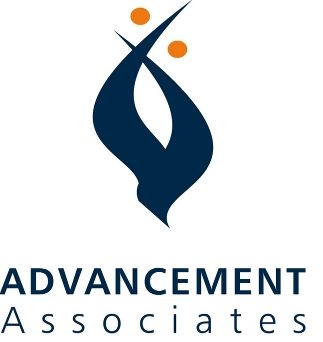Any organization that has undertaken a capital campaign is familiar with the process of developing a case statement. Typically this statement includes a look at the organization’s history, mission, current needs and goals. The case is tested with constituents in a feasibility study and, assuming it is well received, it then provides guidance and focus for the campaign as it proceeds.
AAI believes there is merit in developing a case statement even apart from a capital campaign. Doing so can help focus annual fundraising strategies, whether they be fund letters or personal asks of major donors.
What is it?
Simply put, a case refers to the reasons an organization both needs and merits contributed support. This case is presented through a case statement—an outline of the organization’s programs, current needs and plans.
How do I develop it?
In order to draft a useful case statement an organization must possess a great deal of self-understanding.
• What cause(s) and interests do we serve?
• What effect does our work have?
• Why should people get involved with our work?
• Why should people give us money?
Questions like these force an organization to move beyond flowery speech and warm fuzzy feelings to the heart of its mission. In relation to a capital campaign, one consultant has said, “Donors will not be impressed by your proposed capital improvements unless you can demonstrate that your clients will benefit.” In more general terms, constituents will not be compelled to continue supporting you unless you can demonstrate that you continue to provide services worth supporting.
This dynamic is a sign of how much your supporters trust your organization. According to one online source, 82 percent of donors polled say trust in a charity influences their support. Eighty percent are influenced by witnessing a charity’s local impact. AAI Principal Rich Gerig lists several more donor motivations in What Motivates Donors?
This is not to say that one somehow manipulates the case statement to appeal to these motivations. Quite the opposite—the statement should reflect an organization’s integrity by being based on an honest look at its performance and impact. The case should speak for itself.
A case statement can be written by an individual (i.e. by the development officer) or by a larger group that includes board, staff, donors, etc. While the second scenario implies greater input from a variety of people, it also assumes a longer process.
How do I use it?
Once written, the case statement guides all development-related activities. Its language permeates print materials (fund letters, annual report, newsletters, promotional materials); it serves as a starting point for grant applications; main talking points are reiterated by the CEO in various settings, including solicitation visits; the statement should also be familiar to any others—board, staff or alumni, for example—who are involved with development or who simply wish to be your advocates.
How often do I revise it?
AAI recommends that a case statement be prepared every year. That doesn’t mean an entirely new statement must be written; rather, the one used in the previous year should be carefully reviewed and edited as appropriate for the coming year. Completing this exercise annually helps the development function keep its focus on those fundraising priorities of most interest to donors.
